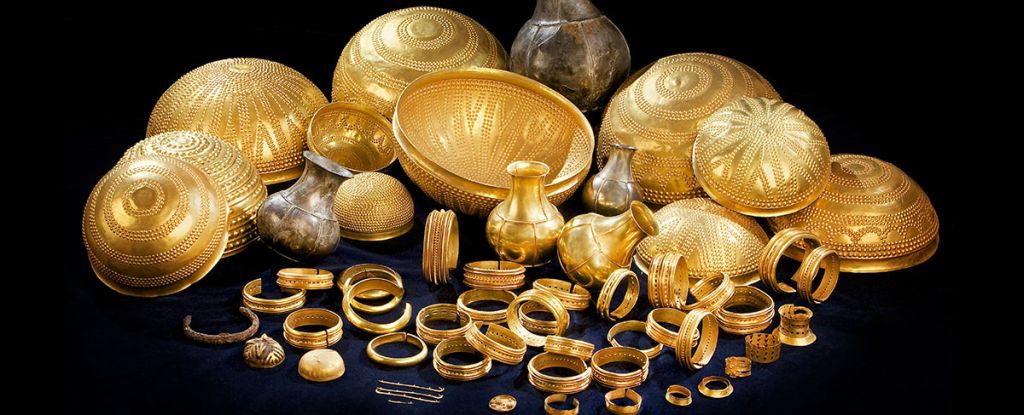Nobody knows when kissing emerged among humans. But the practice of plopping one’s mouth on another human, whether in friendship or love, is not universal; which suggests culture, rather than instinct, may be at play.
On the other hand, it’s not unique to humans. Other primates, such as bonobos and chimpanzees, kiss each other. And this, according to primatologist and evolutionary psychologist Adriano Lameira of the University of Warwick in the UK, suggests an origin that no one has ever thought of before… probably because it’s so gross.
This rudimentary snogging, he says, would have been part of a routine grooming session in our ancestors. As the primate doing the grooming chances upon a flake of dead skin or a parasite, they move forward and latch onto their partner’s skin with their lips, lovingly slurping away the problem.
While the clean-up became less necessary over time, the parting smack of the lips never went away.
“The hygienic relevance of grooming decreased over human evolution due to fur-loss,” Lameira writes in his paper, “but shorter sessions would have predictably retained a final ‘kissing’ stage, ultimately, remaining the only vestige of a once ritualistic behavior for signaling and strengthening social and kinship ties in an ancestral ape.”
frameborder=”0″ allow=”accelerometer; autoplay; clipboard-write; encrypted-media; gyroscope; picture-in-picture; web-share” referrerpolicy=”strict-origin-when-cross-origin” allowfullscreen>
We have records of kissing among humans dating back thousands of years, so it certainly has stood the tests of both time and the fickle vagaries of fashion. This raises some interesting questions about why.
Evolutionary origins for kissing have been suggested in the past. One popular explanation is that it’s linked to feeding infants by pre-chewing their food. Yet kissing involves an outward, protruding pucker of the lips with some degree of suction. Feeding a baby pre-chewed food requires an outward force to eject the food into the baby’s mouth, making the proposal a little less convincing.
Another hypothesis suggests that kissing emerged from sniffing another person as a means of social inspection, but why would the mouth need to be involved?
Instead, Lameira argues, the practice may have developed as a matter of reassurance. Humans and other primates are social animals, and engage in rituals that help cement those social bonds. For other primates, the most prevalent form of social bonding is grooming.
“Grooming consists of picking through the fur/hair of others to remove parasites, dead skin, and debris,” Lameira explains. “Grooming helps to establish and maintain alliances, hierarchies, and group cohesion through social touch, with the consequent release of endorphins, which reduces stress and promotes feelings of well-being between groomer and groomed, further cementing social ties.”
Why do humans kiss?😗
Capuchin monkeys stick their fingers in their friends eyes and nostrils to show affection. Why have humans evolved to do so by protruding their lips with a slight suction movement when touching others body?
In this new piece I show a human kiss is…🧵1/4 pic.twitter.com/cOe6gXVdIb— Adriano R. Lameira (@lameira_adriano) October 17, 2024
Compared to other primates, humans spend 89 percent less time grooming one another than would be expected. This makes sense: we don’t have fur, and we do have other means of bathing and cleaning ourselves that don’t require a second participant. But, as we lost our fur, and spent less time grooming each other, we may have retained some vestigial remnant of the ritual.
One of these remnants is what Lameira terms the “groomer’s final kiss”. Although combing through a partner’s fur to remove detritus and parasites would have become less necessary, each grooming session would have included – or ended with – the latching of the lips onto the groomee’s body to extract stubborn detritus.
From here, the mouth-to-mouth kiss could have evolved quite naturally, as an extension of the groomer’s kiss.
Disgustingly, it sounds at least as plausible as the other explanations proffered to date. We’ll probably never know for certain if it’s the case, but we can follow this line of enquiry further by studying other primates, and comparing their grooming behavior based on the thickness of their coats.
“For future evolutionary insight into the evolution of human kissing, and other behaviors uniquely exhibited by our species,” Lameira says, “it will be important to retain in mind and ponder the influence of the broader socioecological, cognitive, and communicative context of human ancestors.”
Of course, the bigger challenge now may be not thinking about nits the next time you’re snogging your boo.
The argument has been published in Evolutionary Anthropology.





